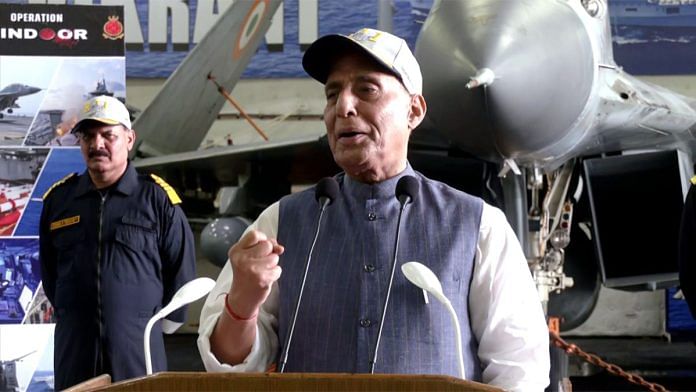The magic of collective security can be tossed out of the window in a flash, as Canada has learnt from the mercurial behaviour of United States President Donald Trump. And threats from this “dangerous and divided world” have led Canada to make an executive declaration— to spend ‘2 per cent of GDP on defence’ by the end of the current fiscal year. In doing so, it will match the basic standard figure expounded by the Brussels-headquartered military collective, North Atlantic Treaty Organisation. Member states, including Canada, pledged in 2006 to hit this figure.
This 2006 pledge was repeated in 2014 by NATO Defence Ministers, and remains the essential figure for each member country to spend to make the alliance a formidable and globally employable institution. The Russia-Ukraine war has compounded NATO members’ anxieties, but it is the erratic nature of policy formulation in Washington that has finally pushed members over the edge. They can’t sit idly and be secure about the viability of the US security umbrella. Even as it questions the commitment of individual members towards NATO, the US has attached bizarre contractual conditions on delivered high-end combat equipment.
The issue came to light when spare parts for Denmark’s fleet of stealth F-35 combat aircraft were diverted to Israel, which is in the midst of a brutal assault on Gaza. The argument, and contracted at that, is that spare parts belong to the US Defence Department until they are installed on the planes. All future operating software and such updates also remain the sole property of the US, thus severely undermining individual members’ sovereignty, and with the patronising attitude of President Trump acting as a wake-up call, Canada has declared its security intentions clearly and emphatically.
Many such powers across the world will have to look within, analyse threadbare, dispassionately, and then predictably come to the same conclusion. That in the current unstable world, made more wobbly by President Trump’s policy upheavals, they will also be defined not just by the “strength of our values, but also by the value of our strength”, as current Canadian Prime Minister Mark Carney recently declared.
It’s obvious, to even the most simple minds, that this can only come from greater defence spending, hence the magic figure of 2 per cent of GDP. This, of course, also includes the overall welfare of soldiers as well as research and development expenditure that contributes to defence.
Also read: Victor Gao claims all land north of Ganga for China. People say he’s a ‘diplomatic fighter’
India’s position
Much has been said about India and its defence expenditure, especially as a percentage of GDP. Like all data-driven debates, analysts are not on the same wavelength when it comes to calculating the precise figures. So if the purpose is to arrive at a reliable figure, in an unsubstantiated environment, it is safest to fall back on the original global institution, the World Bank. And the World Bank chart clearly shows that India’s defence spending as a percentage of GDP has been hovering above the magical figure. And has been consistently so for the past few years.
India is, of course, the only country that has two nuclear-armed neighbours, both of whom covet Indian territory. It is also the only country that has had armed conflict with these neighbours. And both these countries violate international treaties and norms only to pin down India. This is not an easy task given the current national resolve, emphatically visible during the recently concluded Op Sindoor. Whatever the initial global marketing blitz and hype, post-operation analysis with cool heads has shown reality to be very different. Even the stock market has corrected itself.
Global turbulence, and not just of the stock market variety, should, nevertheless, serve as a wake-up call for Indian policy planners to prepare for far greater challenges coming to the neighbourhood. Especially given the fact that the prevailing unity among the democratic order has been subverted. By monetising security agreements at any opportunity, Washington has only lowered its own credibility ratings in the global security sphere. And all this while the world is not sitting idle, especially not those countries that see an opportunity beckoning.
For the first time, two Chinese aircraft carriers are now seen operating in different parts of the Pacific Ocean, clearly sending a message as much to Washington as to the rest of Asia. An aircraft carrier, after all, doesn’t operate in isolation. It is part of an enormous flotilla of ships, a carrier group in naval parlance. It takes fairly good operational art and extremely impressive military logistics to operate two carrier groups simultaneously. And when deployed in the same oceanic space, it is the simplest message to decipher. As the first part of the Indo-Pacific hyphen, India must lead.
Manvendra Singh is a BJP leader, Editor-in-Chief of Defence & Security Alert and Chairman, Soldier Welfare Advisory Committee, Rajasthan. He tweets @ManvendraJasol. Views are personal.
(Edited by Theres Sudeep)






